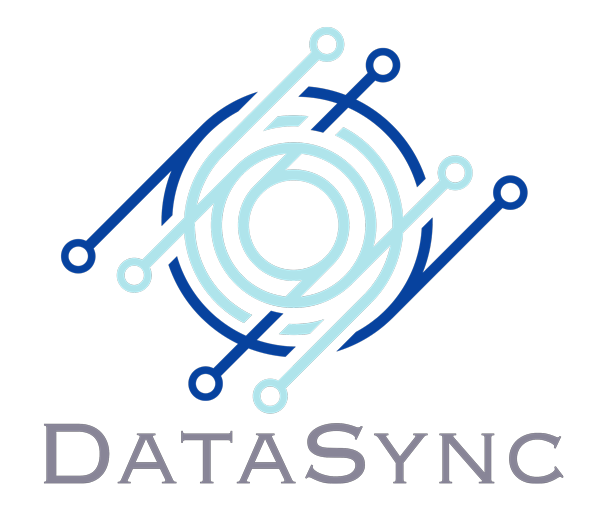In modern business, the term ‘data strategy’ often buzzes through boardrooms and virtual meetings, leaving many of us pondering its true essence. Despite spearheading numerous data-centric projects and crafting target operating models for data across various organisations, the precise definition of ‘data strategy’ had long eluded me. And if we’re candid, you may have grappled with this ambiguity, too.
The cornerstone of a robust data strategy is an intimate alignment with your company’s overarching strategy or vision. Absent of this alignment, efforts to devise a standalone data strategy are akin to navigating without a compass—costly and directionless. So, how does one embark on this journey effectively?
At its core, the essence of data is insights. These insights can be categorised into three fundamental types:
-
Descriptive Data: This provides a narrative of what has happened or is unfolding within your business. Clarity on your company’s strategy is paramount here, ensuring that the metrics and narratives you derive are aligned with your business objectives.
-
Prescriptive Data: This goes beyond mere analysis, suggesting actionable steps. It’s about designing data-driven decisions, like adjusting portfolio risk based on asset concentration or ensuring liquidity to meet financial obligations.
-
Predictive Data: The crown jewel offers forecasts about future trends or outcomes. However, this domain is intricate and demands a mature data ecosystem akin to venturing into the pool’s deep end—you must know how to swim.
-
The crux of value in data lies in insights derived from analytics and data science. Whether it’s understanding fluctuations in operational costs or anticipating revenue trends based on external factors like seasonal shifts or market dynamics, the goal is to transform data into decisions and foresight.
-
The reliability of these insights hinges on your strategy for ensuring data quality. This encompasses sourcing, ownership, usage, and establishing a single source of truth and a comprehensive data dictionary.
-
Data visualisation has become indispensable. It bridges the gap between raw numbers and actionable intelligence, as exemplified by visualising cab ride terminations during lockdowns. Such visual narratives can unveil patterns and insights that raw data might obscure.
-
Access to data should be seamless yet secure, ensuring the right stakeholders have the information they need at their fingertips and fostering a culture of data-driven decision-making.
-
Finally, a coherent data strategy is about the ‘what’ and the ‘how.’ It’s about choosing the right technology within budgetary and timeline constraints, harnessing the right skills, and meticulously tracking progress and impact, akin to ensuring a supermarket’s success by stocking shelves and ensuring products meet customer demands and drive sales.
In conclusion, a data strategy is not a static document or a one-time initiative; it’s a dynamic, evolving journey aligned with your business’s heartbeat. It’s about ensuring that every byte of data, every insight gleaned, and every decision made is a step towards realising your company’s vision and mission. Suppose this resonates with you, or you seek a navigator to steer your organisation’s data strategy. In that case, we are here to embark on that journey with you.

